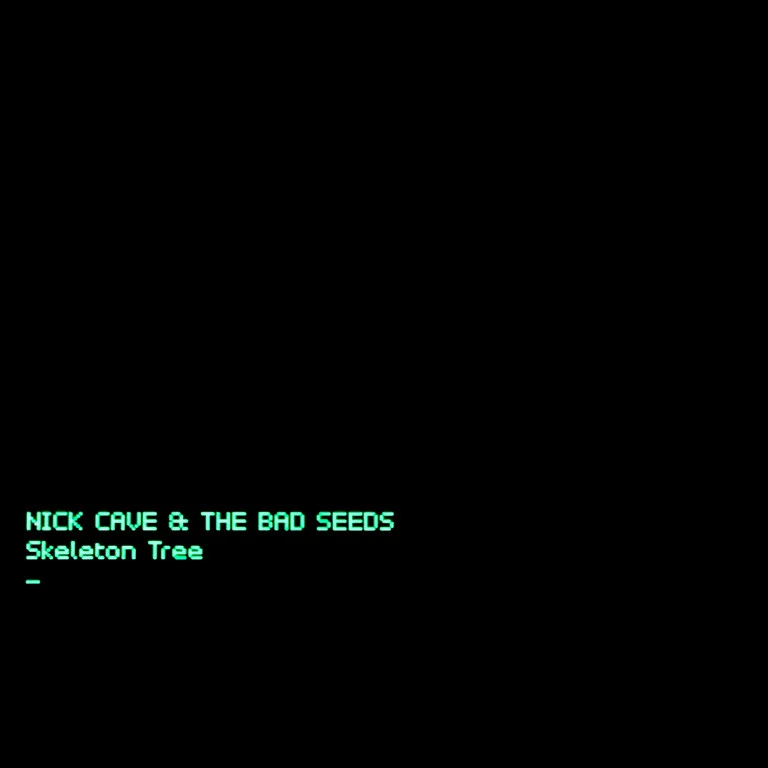Book Review : Laird Barron - Swift to Chase (2016)
Pre-Order SWIFT TO CHASE here (will be released on October 7)
If you don't know who Laird Barron is, you haven't exactly been living under a rock since 2007 but you and I need to talk. It's time to get serious with your horror. Separate the men from the boys and whatnot. Barron's upcoming short story collection Swift to Chase is going to be released officially on October 7 and I'd start camping in front of my mailbox or my favorite book store if I were you because this is going to be the talk of the town in the online horror community when it hits the streets. You can't sit that one out. I've read Laird Barron's latest three releases which he published within the last year and while they all were fantastic, Swift to Chase is by far the most ambitious, terrifying and revolutionary. This is the kind of game-changing book other writers will have to live up to.
Swift to Chase is a short story collection with an overarching plot about an unknown evil draining the life of an otherwise quiet Alaskan region. It begins with a woman named Jessica Mace with the devil on her tail. Jessica is scarred and haunted by memories of a traumatic event she barely survived and seeks solace on the road. Barron uses Jessica's adventures as a starting point and works his way back in time from there to reveal the magnitude of the corruption that lead up to countless violent deaths. The effect is superb. I've never experienced anything like this. The closest comparison I can find is Stanley Kubrick's iconic zoom-out shots where the constantly changing width of the frame changed the meaning of the portrait shown. The structure of Swift to Chase is downright intoxicating and I believe that alone will make it successful.
There are standout stories in Swift to Chase, cornerstone moments that lift the veil on crucial information in spectacular and dramatic fashion: Termination Dust perhaps is the most impressive, but Ardor and Tomahawk Park Survivors Raffle would also fall into that category. They are the stories that give the answers, but the brilliant thing about Swift to Chase is that there are stories that ask questions too. That's one of the reason why the structure is so satisfying. It's confusing at first and I wondered for a while if any of these stories had an end in itself, but when I reached Termination Dust, I've started connecting the dots and the bigger picture was utterly terrifying. The stories you read AFTER Termination Dust like Andy Kaufman Creeping Through the Trees for example, take a whole new meaning (just like in the Kubrick zoom-outs). Swift to Chase is an insanely ambitious, yet successful storytelling stunt. It's a blast to read.
Another important aspect of Swift to Chase, in my opinion, is that it braks cosmic horror free from the burden of the Lovecraftian mythos. Cosmic horror is a terrific subgenre that is still, for better or worse, indebted to its creator H.P Lovecraft. There's a real debate ongoing in Lovecraftian communities as to whether or not you can write cosmic horror without borrowing Lovecraft's mythos. Laird Barron proves in Swift to Chase that it's possible to build an original mythos from the ground up without plagiarizing anything. Barron's mythos in Swift to Chase is based, first and foremost, on philosophies called determinism and fatalism. The characters of his stories' only choices are to either fight or give in to the evil that's been overcoming their lives. They were doomed to do this before they were even born. Of course, there are Lovecraftian themes to Barron's writing, ancient evil, curses, etc. but the idea that our lives are rigged towards chaos and destruction is greater than literature. Lovecraftian writer Cody Goodfellow once said cosmic horror is "pulp existentialism", which is quite true. I would argue that Swift to Chase though, it pulp entropy.
Swift to Chase should instantly become a contemporary classic. Not only it rewrites a clear set of rules for cosmic horror, but it strips short stories as a form of any unfair comparisons you can make to novels or even movies. What Laird Barron does with short stories in Swift to Chase, I don't think you can do without writing short stories. The multiplicity of voices, the freedom of not having to follow a straight timeline (and not confuse your reader), the seamless junction of mystery and horror, the complexity of its greater portrait and the riveting dramatic structure of Swift to Chase make it a thoroughly unique, engrossing and terrifying work of art. I have literally never read anything like it before. I wouldn't be surprised if Swift to Chase gets picked up by colleges and creative writing classes for study in the near future. Consider it my heavy favorite for best read of the year because I don't know how anyone in their right mind can top that.
BADASS






